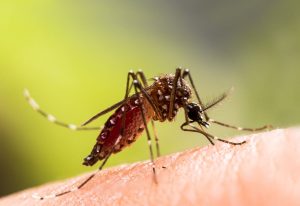Stop agonizing over the decades you spent glued to the couch. New research shows that physically active middle-aged and older adults live longer — even if they were inactive when they were younger.
And that’s even if they had previous serious health problems, according to the British study.
“These results are encouraging, not least for middle-aged and older adults with existing cardiovascular disease and cancer, who can still gain substantial longevity benefits by becoming more active,” said Soren Brage, of the epidemiology unit at the University of Cambridge, and his colleagues.
The study included nearly 14,600 men and women, ages 40-79, who were recruited between 1993 and 1997. They underwent four assessments up to 2004. Deaths were recorded up to 2016.
During follow-up, there were more than 3,100 deaths among the participants, including about 1,000 each from heart disease and from cancer.
The researchers controlled for risk factors such as diet, weight, medical history, blood pressure and cholesterol levels.
They concluded that higher physical activity levels and increases in physical activity over time were associated with a lower risk of death.
What counted as physical activity? The research noted activity at work, sports and recreational exercise.
Among those who were inactive at the start of the study and gradually met minimum physical activity guidelines over five years, there was a 24% lower risk of death from any cause; a 29% lower risk of death from heart disease, and an 11% lower risk of death from cancer.
The results were similar in people with and without a history of heart disease and cancer.
The study also found that compared with people who remained inactive, previously inactive folks who boosted their activity levels had a lower risk of death from all causes.
But the greatest benefits were seen among those who already had high levels of physical activity and became even more active over time. They had a 42% lower risk of death, according to the study.
The results were published June 26 in the BMJ.
The findings suggest that achieving at least the minimum recommendations of 150 minutes a week of moderate-intensity physical activity could prevent 46% of deaths associated with physical inactivity, the researchers said.
“In addition to shifting the population towards meeting the minimum physical activity recommendations, public health efforts should also focus on the maintenance of physical activity levels, specifically preventing declines over mid- to late life,” Brage and his team said in a journal news release.
More information
The U.S. National Heart, Lung, and Blood Institute offers a guide to physical activity.
Source: HealthDay
Copyright © 2024 HealthDay. All rights reserved.

-300x200.jpeg)









-300x241.jpeg)




